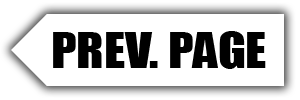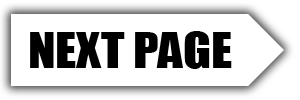

KEEPIN’ THE KAISER

In 1942 Industrialist Henry Kaiser purchased a plot of land at the extreme eastern edge of Los Angeles County. There, to the dismay of local vineyard owners, he fashioned a Kaisers steel mill, which grew to be the largest steel producing plant in the west.
Why the eastern edge of LA? Well it is 55 miles to the coast. In ’42 the military was worried that Japan might land in the U.S. and they didn’t want the steel mill right on the water.
The plant flourished in early times, employing just over 10,000 workers at its peak. After the war, concerns about air quality, smog, and an ever increasing slag pit (the non-iron rock left from the smelting process), made keeping the plant open a greater and greater challenge.
Meanwhile, the steel mill’s founder was also entering the automobile business post WWII, and produced the high quality Kaiser-Fraser line of cars. In 1947 when smaller cars were being built in Europe, Kaiser-Fraser introduced the Henry J. It was named for the company’s brilliant leader, Henry J. Kaiser.
An early TV ad for the smaller car gave a clue as to why, in 2015, there so many Henry J’s now racing all over the country. The ad showed two sheets of 10 gauge steel and stated that the low price, smaller car used the same gauge material as an expensive Detroit luxury car.
But the story does not end there. After years of negotiations to rid the company of the now unpopular Fontana Steel operation, a deal was struck with California Steel Products to take over the extensive shaping and forming operation, but no longer smelt iron ore into steel.
An opportunistic and forward thinking Roger Penske got involved with the operation and offered to clean up the slag pile for use of the flattened land. Houses, retail centers, and schools could not safely be built there. So Penske constructed the two-mile California Speedway for NASCAR and USAC use, and the AAA Fontana Dragway. Good move.


